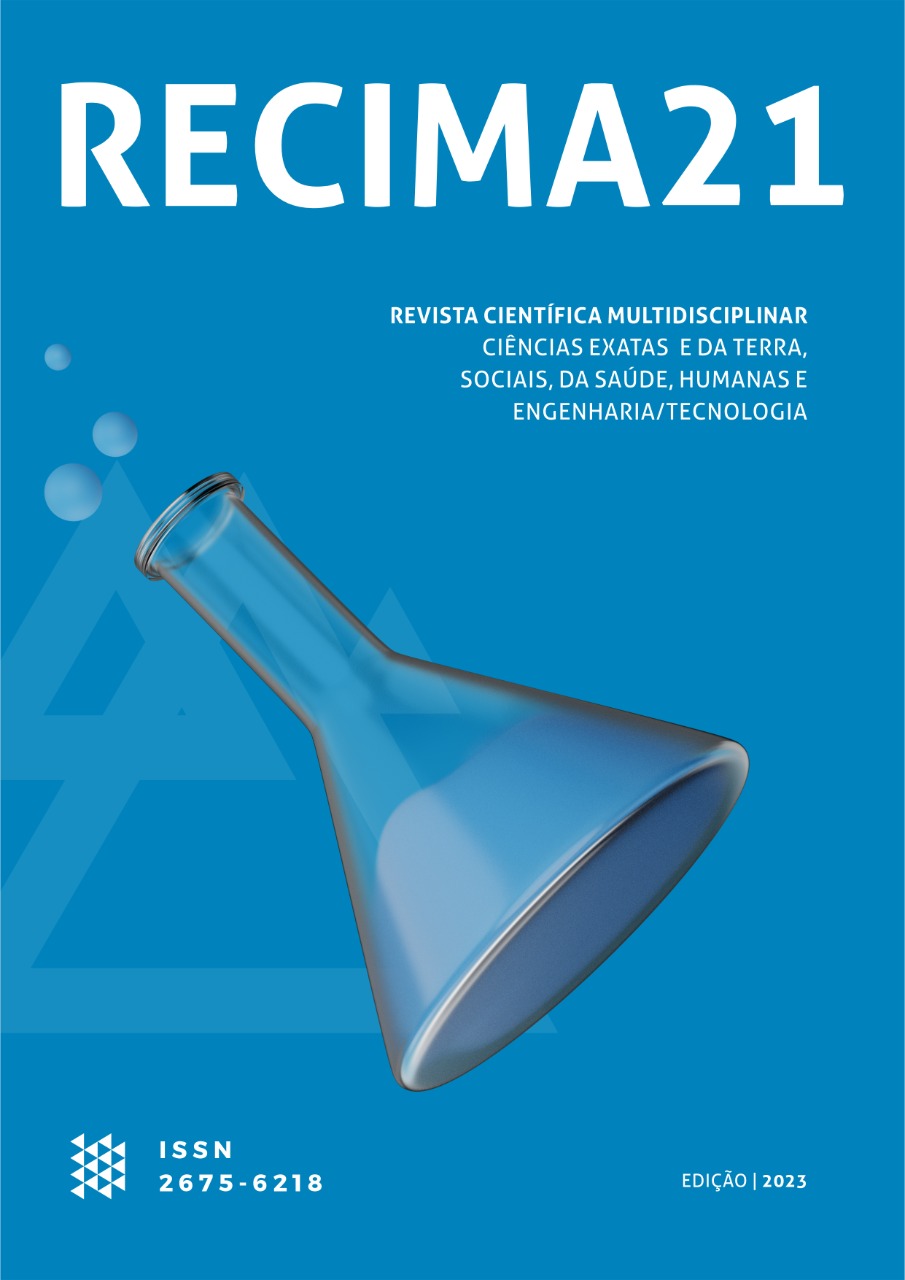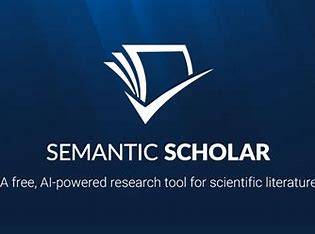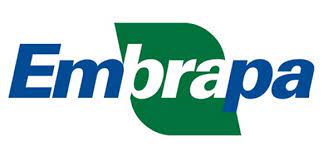PREDIÇÃO DE CRIPTOMOEDAS UTILIZANDO REDES NEURAIS ARTIFICIAIS RECORRENTES
DOI:
https://doi.org/10.47820/recima21.v4i6.3378Palavras-chave:
Bitcoin, Aprendizagem Profunda, Rede Neural Recorrente, Pandas, TensorFlowResumo
O presente estudo demonstra a criação de um software que possui a capacidade de prever a oscilação da criptomoeda Bitcoin através da aprendizagem profunda, por meio da rede neural recorrente do tipo Memória de Longo-Curto Prazo (LSTM), que manipula os valores de fechamento da criptomoeda como dados sequenciais temporais. O desenvolvimento do software foi baseado em programação Python, utilizando bibliotecas como Pandas, TensorFlow e Numpy, que são comumente utilizadas para visualização e análise de dados. O processo de aprendizagem do programa foi baseado nos valores da Bitcoin no período de janeiro de 2016 a janeiro de 2022. A partir da leitura dos dados, o software gerou um gráfico final de previsão, que demonstrou ser capaz de prever a oscilação de uma criptomoeda, apesar de alguma divergência do valor real e do valor previsto. É possível otimizar o software por meio do refinamento do número de testes realizados. Contudo, os resultados obtidos não podem ser confiados ou utilizados como ferramenta de investimento.
Downloads
Referências
ABADI, M; AGARWAL, A; BARHAM, P et al. TensorFlow: Large-Scale Machine Learning on Heterogeneous Distributed Systens, Estados Unidos, mar. 2016. DOI: https://doi.org/10.48550/arXiv.1603.04467
BISHOP, C, M. Neural Networks for Pattern Recognition. Oxônia: Oxford University Press, 1995, 504p.
BISHOP, C, M. Pattern recognition and machine learning. Nova Iorque: Springer, 2006, 738p.
BRAGA, A; LUDERMIR, T; CARVALHO, A. Redes Neurais Artificiais: Teoria e aplicações. Rio de Janeiro: LTC, 2000, 262p.
FERNANDES, A. Inteligência artificial: noções gerais. Florianópolis: Visual Books, 2003, 160p.
GREFF, K; SRIVASTAVA, R, K; KOUNTNÍK, J et al. LSTM: A Search Space Odyssey. Institute of Electrical and Electronics Engineers, Piscataway, v. 28, n. 10, p. 2222-2232, out. 2017. DOI: https://doi.org/10.48550/arXiv.1503.04069
HARRIS, C; MILLMAN, K; WALT, S et al. Array programming with NumPy, Berlim, v. 585, p 357-362, set. 2020. DOI: https://doi.org/10.1038/s41586-020-2649-2
HAYKIN, S. Neural Networks: A Comprehensive Foundation. Michigan: Pearson, 1998, 842p.
JANIESCH, C; ZSCHECH, P; HEINRICH, K. Machine Learning and Deep Learning. Electronic Markets, Alemanha, v. 31, p 685-695, abr. 2021. DOI: https://doi.org/10.1007/s12525-021-00475-2
KARPATHY, A. The Unreasonable Effectiveness of Recurrent Neural Networks. 2015. Disponível em: <https://karpathy.github.io/2015/05/21/rnn-effectiveness/> Acesso em 20 de mar. 2022.
KOUTNÍK, J; GREFF, K; GOMEZ, F; SCHMIDHUBER, J. A Clockwork RNN. Proceedings of the 31st International Conference on Machine Learning, PMLR 32(2):1863-1871, 2014. DOI: https://doi.org/10.48550/arXiv.1402.3511
MATPLOTLIB, 2023. Disponível em: <https://github.com/matplotlib/matplotlib> Acesso em 10 de mar. 2023
MATTOS, O, B; ABOUCHEDID, S; SILVA, L, A. As criptomoedas e os novos desafios ao sistema monetário: uma abordagem pós-keynesiana. Economia e Sociedade, Campinas, v. 29, n. 3, p. 761-778, dez. 2020. DOI: https://doi.org/10.1590/1982-3533.2020v29n3art04
NAKAMOTO, Satoshi. Bitcoin: A Peer-to-Peer Electronic Cash System. 2008. Disponível em: <https://bitcoin.org/bitcoin.pdf> Acesso em 10 de jul. 2022.
NUMPY, Numpy Documentation, 2023. Disponível em: <https://numpy.org/doc/stable/> Acesso em 10 de mar. 2023
PANDAS. Packge Overview, 2023. Disponível em: <https://pandas.pydata.org/docs/getting_started/overview.html> Acesso em 10 de mar. 2023
PEDREGOSA, F; VAROQUAUX, G; GRAMFORT, A et al. Scikit-learn: Machine Learning in Python. Journal of Machine Learning Research, Estados Unidos, v. 12, p 2825-2830, 2011
PHI, M. Illustrated Guide to Recurrent Neural Networks. 2018. Disponível em: < https://towardsdatascience.com/illustrated-guide-to-recurrent-neural-networks-79e5eb8049c9> Acesso em 9 de abr. 2022.
ROSA, J. Fundamentos da Inteligência Artificial. Rio de Janeiro: LTC, 2011, 228p.
RUSSEL, S; NORVIG, P. Inteligência Artificial. Rio de Janeiro: Elsevier, 2010, 1136p.
SENA, L; DIAN, M. Criptomoeda: Como obtê-la através da mineração. Revista Interface Tecnológica, Taquaritinga, v.17, n.2, p. 364-375, dez. 2020. DOI: https://doi.org/10.31510/infa.v17i2.1053
SUTSKEVER, I. Training Recurrent Neural Networks. 2013. 101 f. Dissertação (Doutorado em Ciência da Computação) – Universidade de Toronto.
TENSORFLOW, 2023. Disponível em: <https://github.com/tensorflow/tensorflow> Acesso em 10 de mar. 2023
TREDINNICK, L. Cryptocurrencies and the Blockchain. Business Information Review, Reino Unido, v. 36, p 39-44, mar. 2019. DOI: https://doi.org/10.1177/0266382119836314
YFINANCE, 2023. Disponível em: <https://github.com/ranaroussi/yfinance> Acesso em 10 de mar. 2023
Downloads
Publicado
Como Citar
Edição
Seção
Categorias
Licença
Copyright (c) 2023 RECIMA21 - Revista Científica Multidisciplinar - ISSN 2675-6218

Este trabalho está licenciado sob uma licença Creative Commons Attribution 4.0 International License.
Os direitos autorais dos artigos/resenhas/TCCs publicados pertecem à revista RECIMA21, e seguem o padrão Creative Commons (CC BY 4.0), permitindo a cópia ou reprodução, desde que cite a fonte e respeite os direitos dos autores e contenham menção aos mesmos nos créditos. Toda e qualquer obra publicada na revista, seu conteúdo é de responsabilidade dos autores, cabendo a RECIMA21 apenas ser o veículo de divulgação, seguindo os padrões nacionais e internacionais de publicação.

 Clique para ver detalhes
Clique para ver detalhes 











